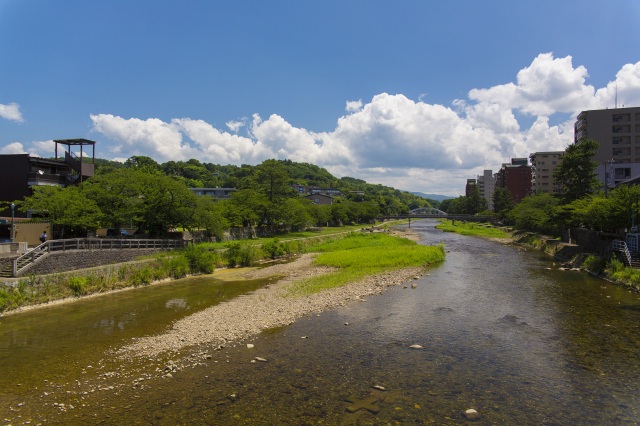The Legacy of Japanese Traditional Architecture
Kanazawa City has preserved numerous traditional buildings, in particular its wooden townhouses, several of which visitors are able to explore. Along and nearby the charming Asanogawa River, enjoy a stroll in the retro atmosphere of Edo and Meiji period, and feel the traditional Japanese way of life.
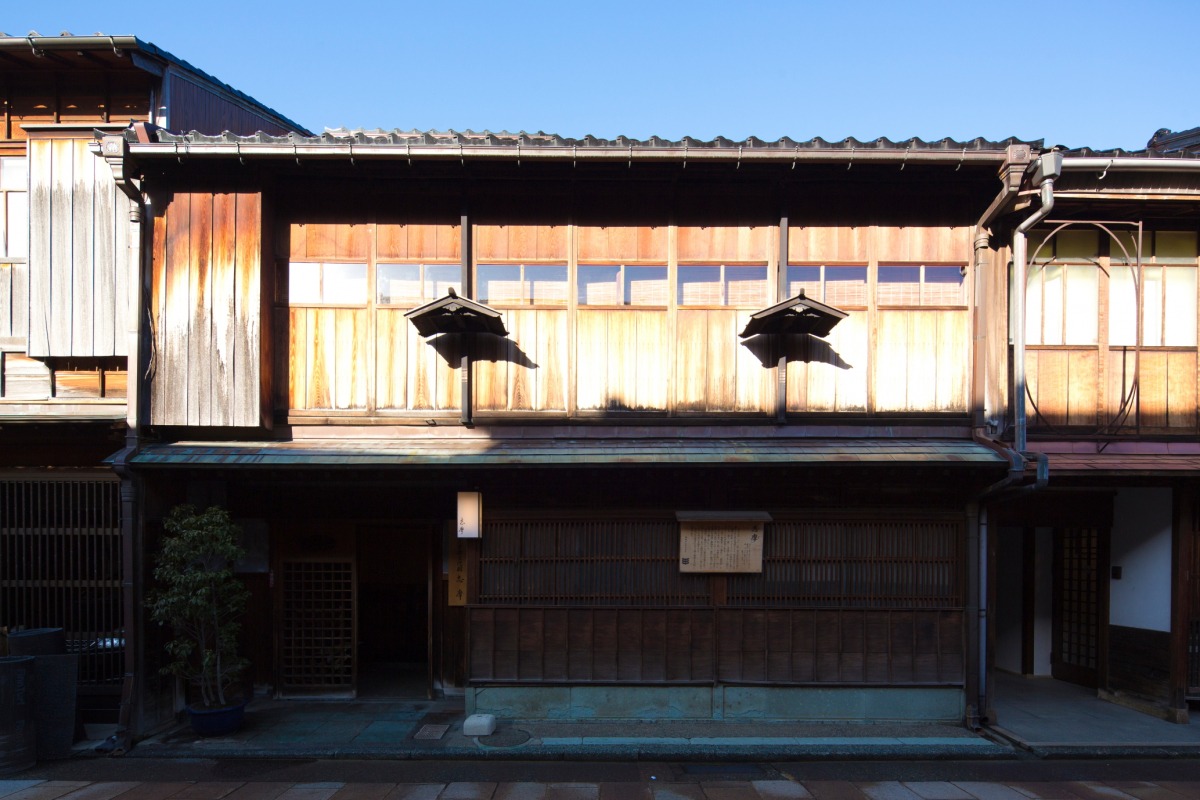
National Important Cultural Asset SHIMA
The teahouse building remains as it was in the Edo period (1603-1868).
SHIMA is a chaya house built simultaneously with the construction of the Higashi Chaya district in 1820. This house is a precious chaya construction that has been designated as Japan's important cultural asset. The guestrooms and waiting room on the second floor with no closets, small courtyard, and other parts of the building that are used as a place of entertainment are stylish. A green tea service (with Japanese sweets) is offered at the courtyard.
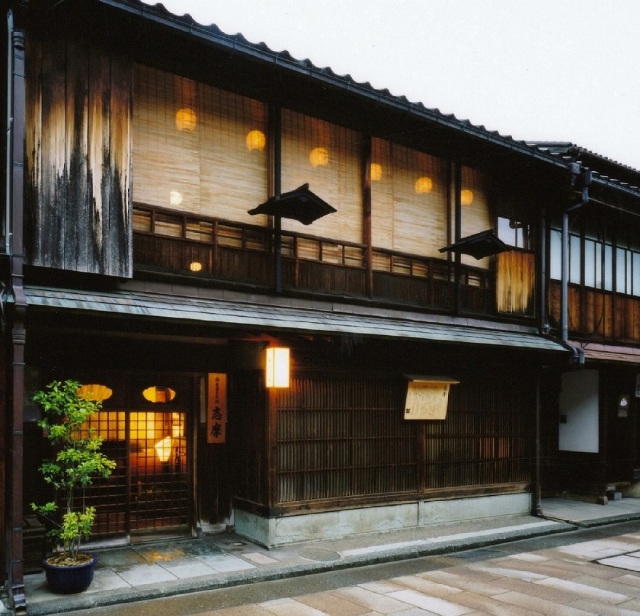
Kaikaro Teahouse
Savor fine sweets in a historic space.
Kaikaro is a refurbished chaya house originally existed more than 200 years ago. The interior of the house includes vermilion-lacquered stairs, vegetable-dyed tatami (mats made of woven straw), fusuma-e (paintings on sliding-door panels) created by a contemporary artist, and a Japanese tearoom with tatami made of gold-laced woven straw, all of which have reproduced the atmosphere of the chaya house in those days with a contemporary feeling.
Kaikaro offers a tea service around a sunken hearth, has a souvenir shop, and occasionally holds a guestroom experience time with geisha's attendance.
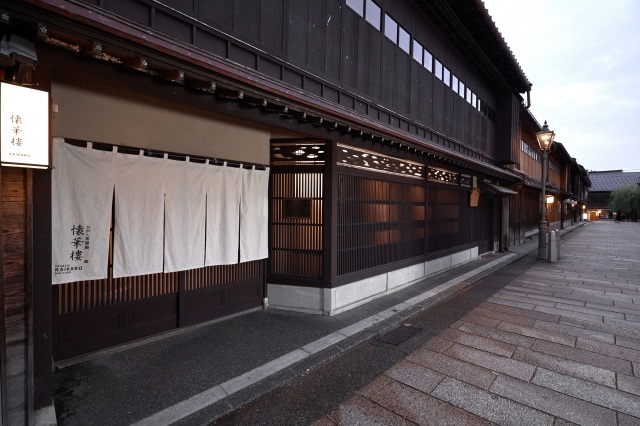
Higashi Chaya Kyukeikan Rest House
This Machiya (traditional Japanese wooden townhouse) rest house was built at the end of the Edo period (1603-1868) and was restored in 2003. The building originally served as a pawnshop, and today, it is a rest station for tourists, where volunteer sightseeing guides stand, to give information (in Japanese only) about Higashi Chaya District, and other local sightseeing spots.
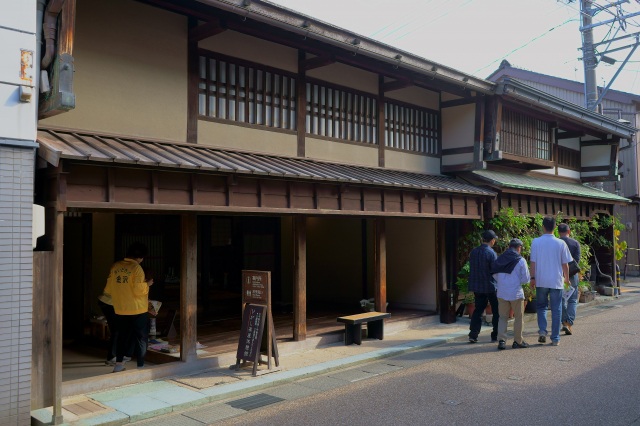
Asanogawa River
Ume-no Hashi Bridge to Asanogawa Ohashi Bridge
The Asanogawa River is one of the two rivers that flow through the central part of Kanazawa, and is also called "Onna (feminine) River." The Asanogawa River flows gently in feminine tenderness. The areas from the Ume-no Hashi Bridge, which is close to the Higashi Chaya district, to Kazue-machi through the Asanogawa Ohashi Bridge are surrounded by the unique atmosphere of Kanazawa and recommended for strolling.
